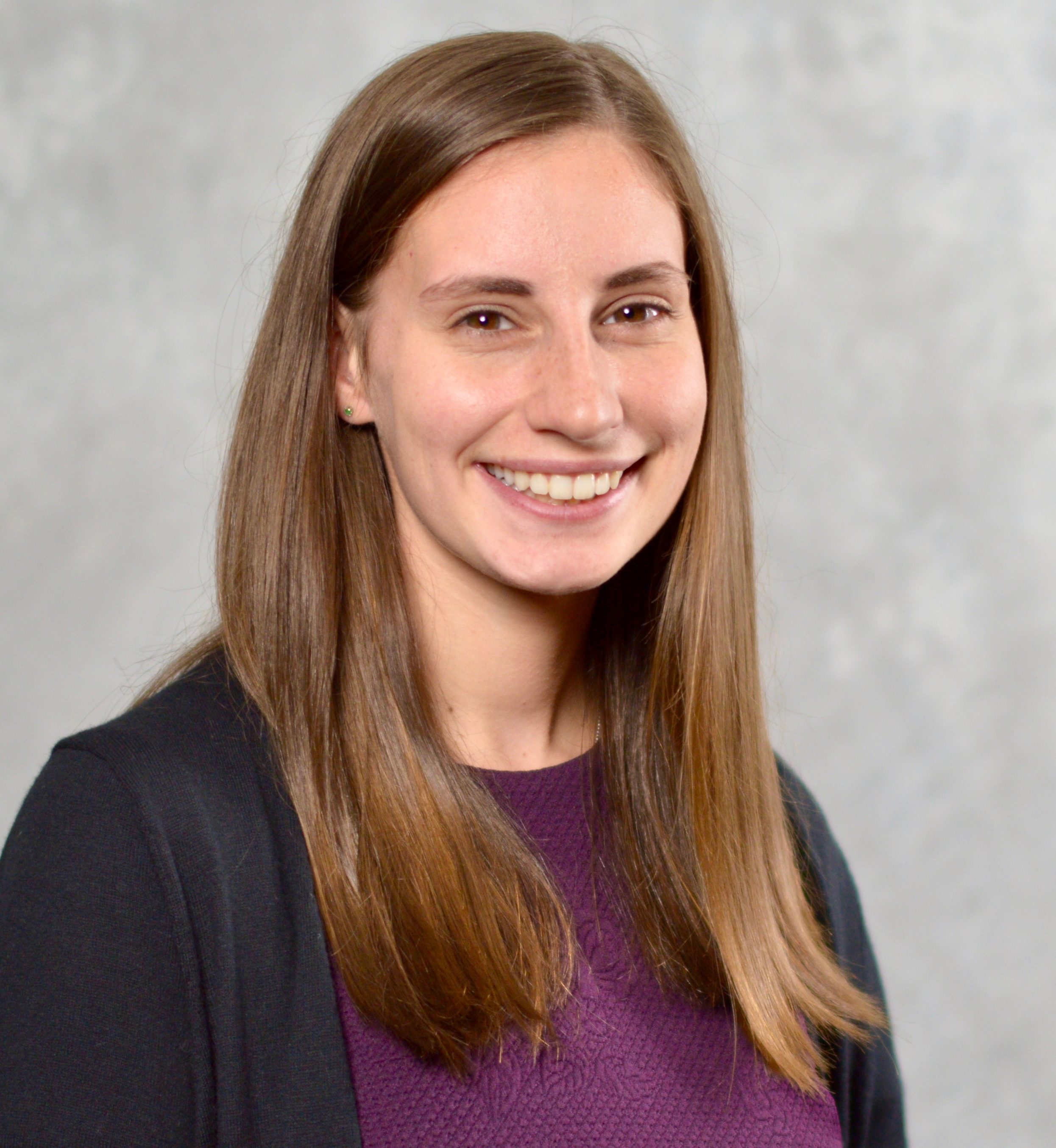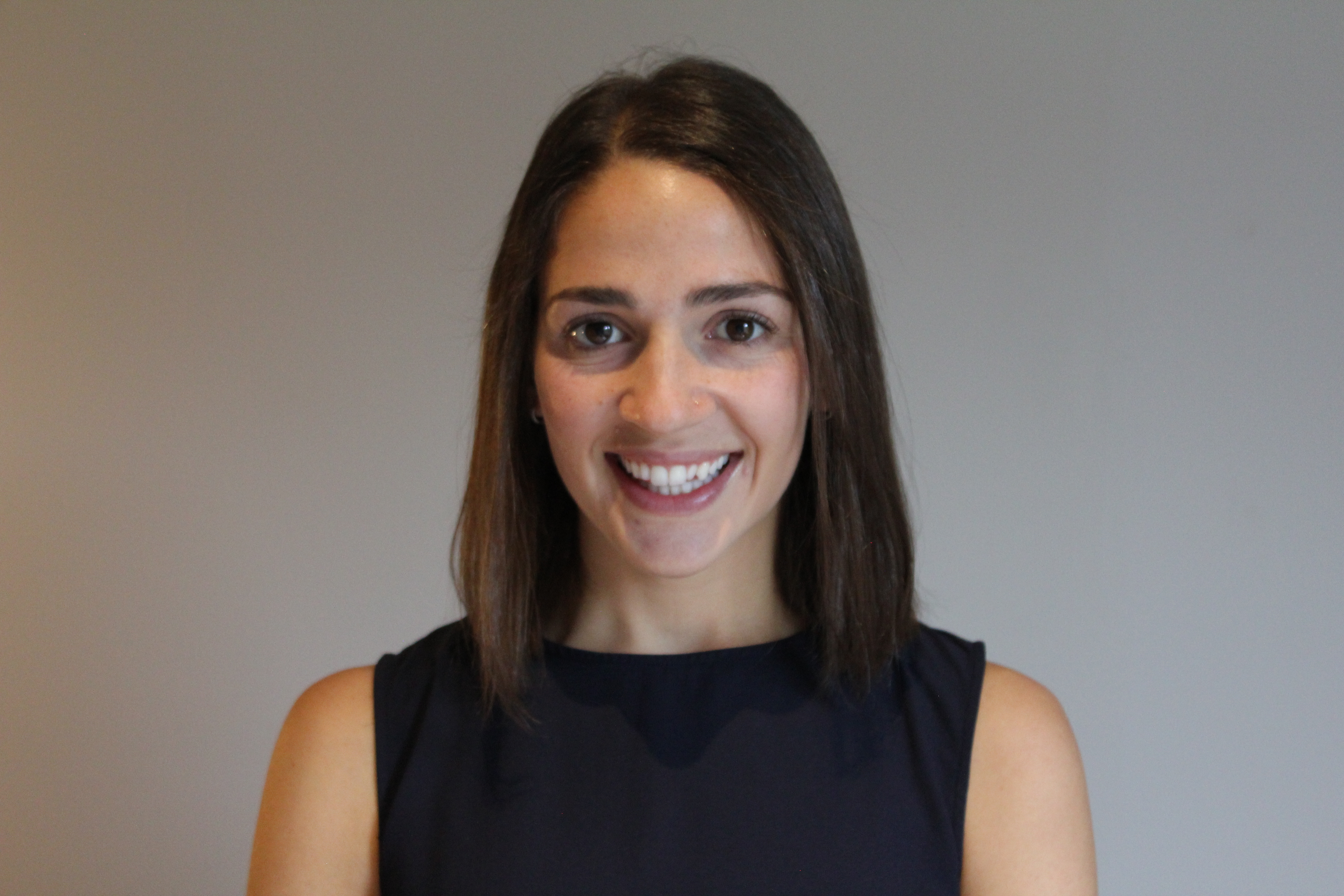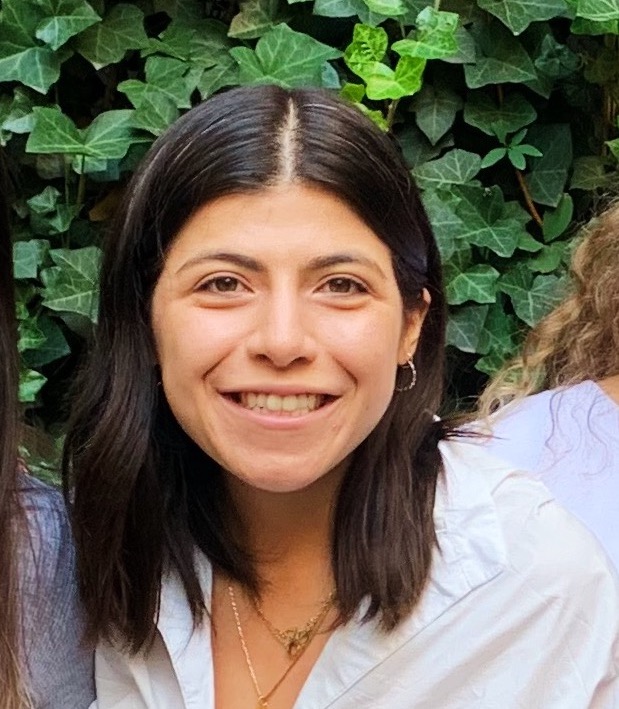Treatment - CBT
(PS12-A11) Does the Presence of Early Maladaptive Schema Impact Reduction of Symptoms of Anxiety and Depression During a Course of CBT

Caroline E. Bucher, M.A.
Clinical Psychology Trainee
Hofstra University
Rocky Point, New York
Sara N. Fernandes, M.A.
Clinical Psychology Trainee
Hofstra University
New York, New York
Lydia J. Roberts, M.A.
Clinical Psychology Trainee
Hofstra University
Brooklyn, New York
Zoe E. Stout, M.A.
Doctoral Student
Hofstra University
New York, New York- SB
Suraj Bera, Ph.D.
Clinical Psychology Trainee
Hofstra University
Floral Park, New York - EG
Ernie Goldberg, M.A.
Clinical Psychology Trainee
Hofstra University
Spring Valley, New York 
Michael Moerdler-Green, M.A.
Clinical Psychology Trainee
Hofstra University
Bronx, New York
Rowan Gouda, B.S.
Research Assistant
Hofstra University
Bayside, New York- WS
William C. Sanderson, PhD, Ph.D.
Professor of Psychology
Hofstra University
Hempstead, New York
Author(s)
Co-Author(s)
Young (2003) developed schema therapy based upon his observation that patients with early maladaptive schema (EMS) are less likely to have a response to standard CBT because the nature of EMS interferes with the process (e.g., emotionally charged schema are less influenced by cognitive restructuring which is based on the use of rationality). To date, although studies are limited, there is preliminary support for the notion that EMS interfere with treatment outcome in patients with OCD (e.g., Sunde et al., 2019), and certain EMS are stronger negative predictors of outcome than others (i.e., those in the domain of disconnection/rejection such as abandonment and defectiveness). The present study extends this research by examining the impact of EMS following a course of CBT on symptoms of anxiety, depression, and quality of life in a mixed sample of diagnoses. Participants will include approximately 10 adults who are either existing patients or new patients taken on through August at the Anxiety and Depression Clinic (ADC) within the Hofstra University Clinical Psychology Department. Inclusion criteria include being a patient in the ADC, being at least 18 years of age, and having a principal diagnosis of an anxiety or depressive disorder. Exclusion criteria include current psychotic symptoms and/or a current substance use disorder. Data will be collected at two time points: intake and 12 weeks following intake. Prior to intake, ADC patients will be asked for consent to participate in research. At intake, participants will complete five self-report questionnaires as part of the standard ADC intake process: The Young Schema Questionnaire Short Form Version 3 (YSQ-S3; Young & Brown, 2005), the Adverse Childhood Experience Questionnaire for Adults (ACEQ; Felitti et al., 1998), the Patient Health Questionnaire-9 (PHQ-9; Kroenke & Spitzer, 2002), the Generalized Anxiety Disorder-7 (GAD-7; Spitzer et al., 2006) and the Quality of Life Scale (QOLS; Flanagan, 1978). Demographic information will also be collected. Twelve weeks following intake, participants will repeat three of the initial self-report questionnaires: The PHQ-9, the GAD-7, and the QOLS. A series of regressions and ANOVAs will be conducted to assess connections between EMS and treatment progress. To clarify, change scores from intake to 12-weeks on the PHQ-9, GAD-7, and QOLS will represent treatment progress and serve as outcomes of interest. In turn, presence/absence of EMS domains and total number of endorsed EMS at intake will be examined as potential predictors of treatment progress.

